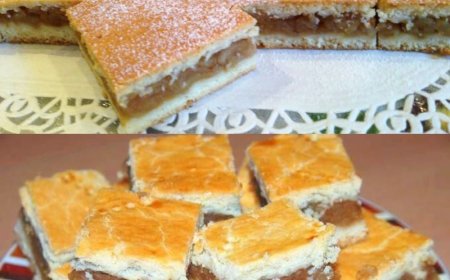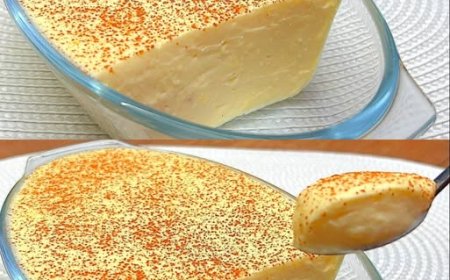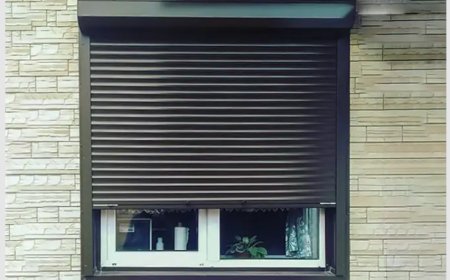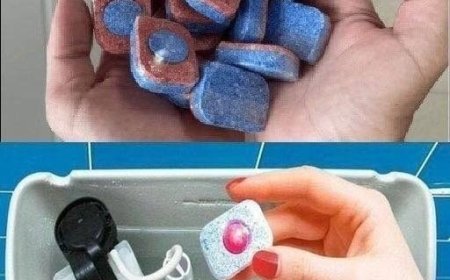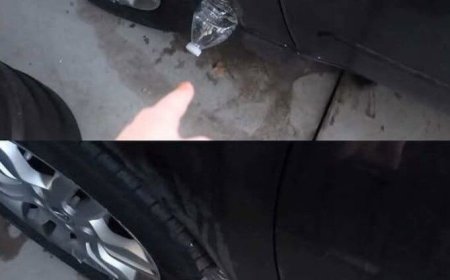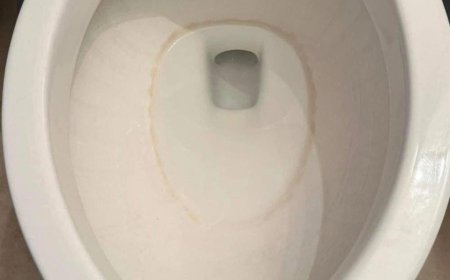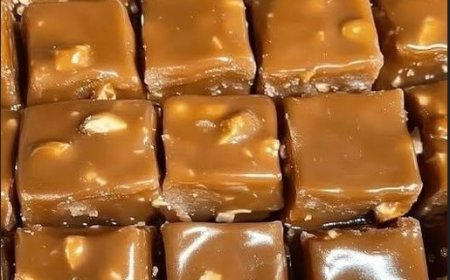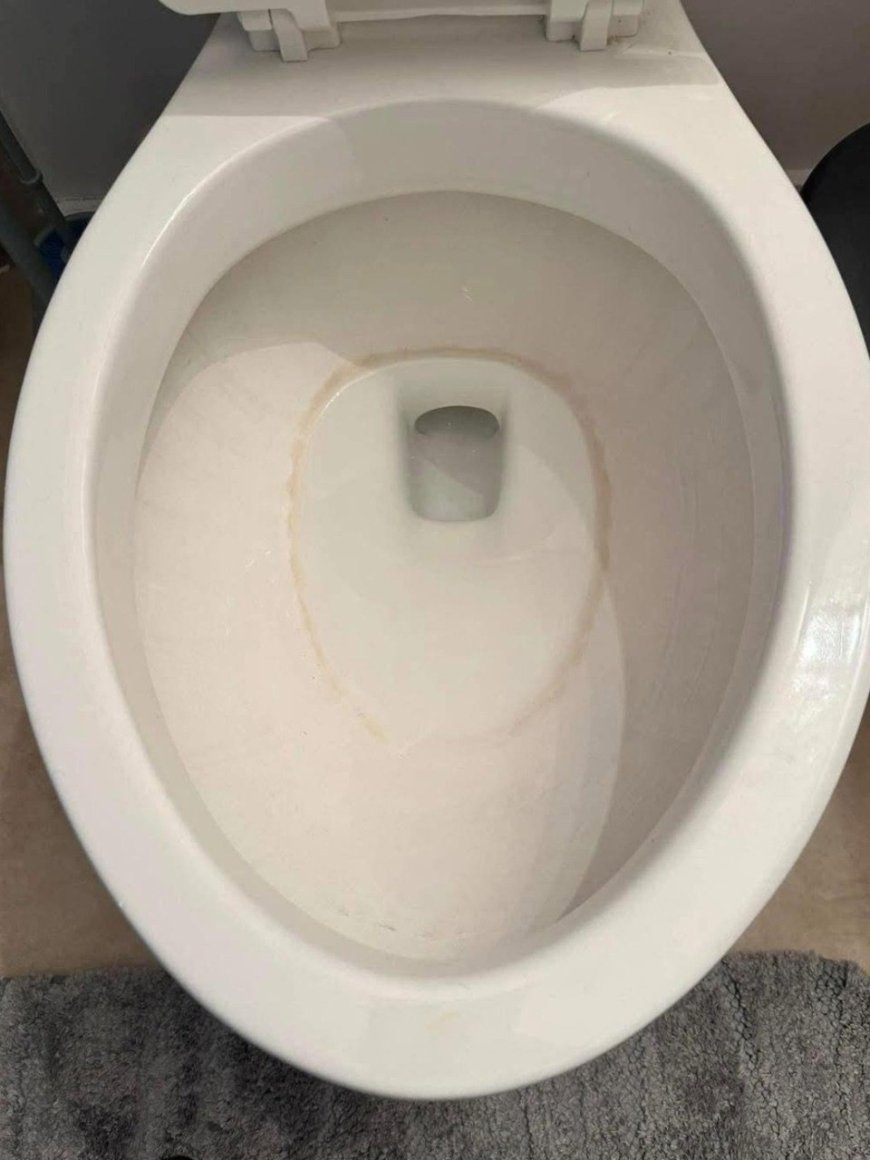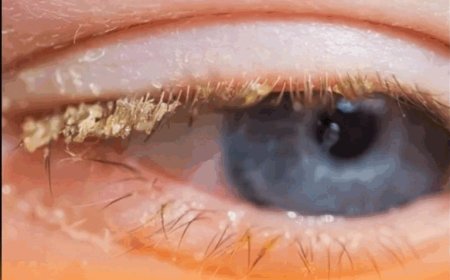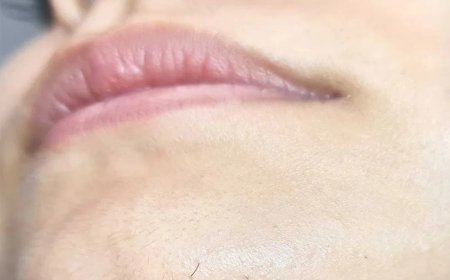How to Remove Hard Water Stains From a Toilet Bowl
Hard water stains are one of those stubborn household problems that show up quietly but refuse to go away easily. If you’ve ever noticed those brown, white, or chalky rings forming inside your toilet bowl, you’re not alone — mineral-rich water leaves behind deposits that regular cleaning often can’t touch. Many people immediately reach for strong chemical cleaners, but these harsh products can damage your toilet’s surface, irritate your skin and lungs, and harm your plumbing over time.
2.
How to Remove Hard Water Stains From a Toilet Bowl – No Harsh Chemicals Needed
Hard water stains in a toilet bowl are an all-too-common problem in homes with mineral-rich water. These unsightly brown or whitish rings and patches are caused by a buildup of calcium, lime, and iron deposits. While many commercial cleaners promise fast results, they often contain harsh chemicals that can damage plumbing, harm the environment, and pose health risks. Fortunately, you don’t need strong chemicals to achieve a spotless toilet. With a few simple, non-toxic ingredients and a little patience, you can restore your toilet bowl to its sparkling state
Here’s a detailed, step-by-step method to naturally remove hard water stains — using items you likely already have at home.
Materials You’ll Need:
White distilled vinegar (at least 2 cups)
Baking soda (½ cup)
Toilet brush or pumice stone
Old toothbrush (optional for detailed cleaning)
Spray bottle (optional)
Rubber gloves
Microfiber cloth or rag
Step-by-Step Cleaning Process
Step 1: Empty the Bowl Water (Optional But Effective)
To make the cleaning solution more effective, consider reducing the water level in the bowl:
Turn off the water supply valve behind the toilet.
Flush the toilet once to lower the water level.
Use a cup or sponge to remove any remaining water if necessary.
This step ensures that the vinegar and baking soda will concentrate directly on the stains.
Step 2: Soak With Vinegar
White vinegar is acidic enough to break down mineral deposits without harming your toilet.
Pour 2 cups of white vinegar into the bowl, directly onto the stains.
Let it sit for at least 1–2 hours, or overnight for heavy buildup.
Optionally, spray vinegar on the sides of the bowl and under the rim.
The acidity will start loosening the hard water deposits.
Step 3: Add Baking Soda
Baking soda not only enhances the cleaning power of vinegar but also deodorizes.
Sprinkle ½ cup of baking soda around the bowl.
Add another 1 cup of vinegar to trigger a fizzing reaction.
Allow the mixture to sit for 10–15 minutes, letting the reaction work on the stains.
Step 4: Scrub the Bowl
After letting the solution sit:
Use a toilet brush to scrub the bowl, focusing on stained areas.
For stubborn spots, a pumice stone can be used gently—ensure the stone is wet to prevent scratching the porcelain.
Use an old toothbrush for hard-to-reach spots under the rim.
Be thorough but gentle to avoid damage to the bowl’s glaze.
Step 5: Flush and Rinse
Turn the water supply back on.
Flush the toilet to rinse away the residue.
Wipe the outer surfaces and seat with a microfiber cloth for a polished look.
Bonus Natural Boosters (If Needed)
If your stains are particularly stubborn, try these natural boosters:
Lemon juice: The citric acid helps dissolve mineral deposits and leaves a fresh scent.
Borax powder: Sprinkle Borax directly on stains before adding vinegar for an extra-powerful, chemical-free reaction.
Hydrogen peroxide: A mild disinfectant that also whitens stains when combined with baking soda.
Prevention Tips
To minimize future hard water buildup:
Clean your toilet weekly with vinegar and baking soda.
Install a water softener if your water supply is heavily mineralized.
Use a toilet tank tablet made from natural ingredients (avoid those with bleach or dye).
Why This Method Works
Tap the p.hoto to v.iew
the full r.ecipe.
